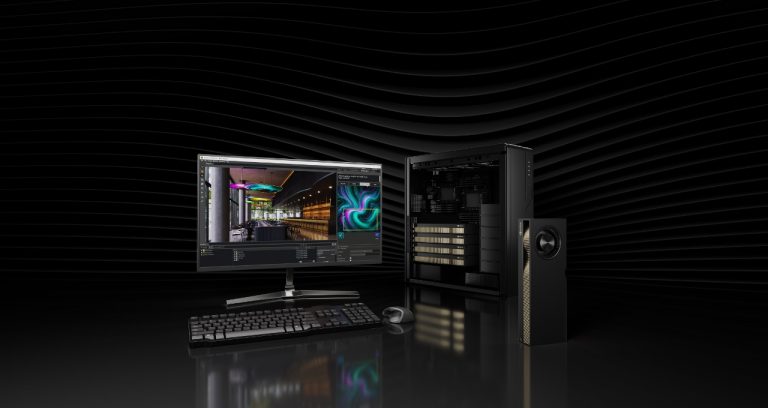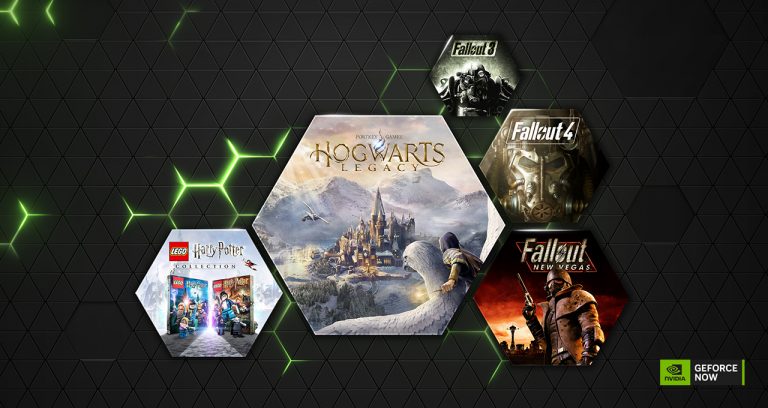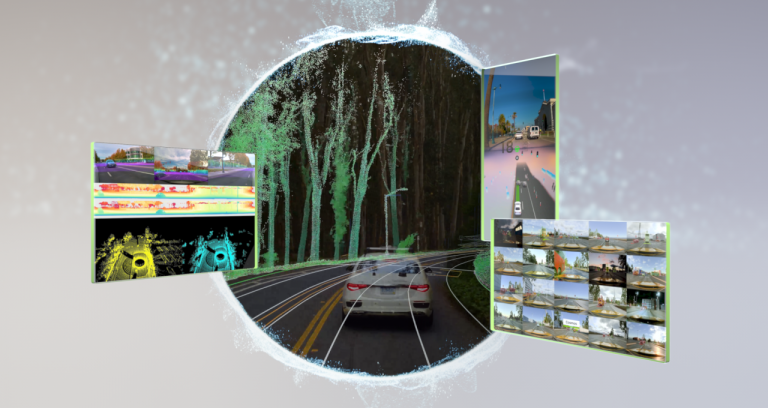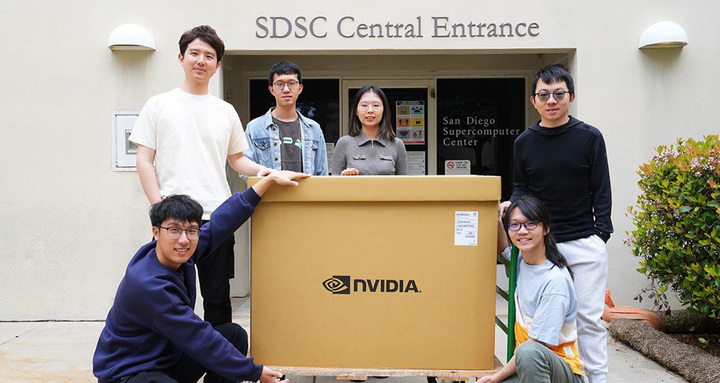NVIDIA announced today its acceleration of Microsoft’s new Phi-3 Mini open language model with NVIDIA TensorRT-LLM, an open-source library for optimizing large language model inference when running on NVIDIA GPUs from PC to cloud.
Phi-3 Mini packs the capability of 10x larger models and is licensed for both research and broad commercial usage, advancing Phi-2 from its research-only roots. Workstations with NVIDIA RTX GPUs or PCs with GeForce RTX GPUs have the performance to run the model locally using Windows DirectML or TensorRT-LLM.
The model has 3.8 billion parameters and was trained on 3.3 trillion tokens in only seven days on 512 NVIDIA H100 Tensor Core GPUs.
Phi-3 Mini has two variants, with one supporting 4k tokens and the other supporting 128K tokens, which is the first model in its class for very long contexts. This allows developers to use 128,000 tokens — the atomic parts of language that the model processes — when asking the model a question, which results in more relevant responses from the model.
Developers can try Phi-3 Mini with the 128K context window at ai.nvidia.com, where it is packaged as an NVIDIA NIM, a microservice with a standard application programming interface that can be deployed anywhere.
Creating Efficiency for the Edge
Developers working on autonomous robotics and embedded devices can learn to create and deploy generative AI through community-driven tutorials, like on Jetson AI Lab, and deploy Phi-3 on NVIDIA Jetson.
With only 3.8 billion parameters, the Phi-3 Mini model is compact enough to run efficiently on edge devices. Parameters are like knobs, in memory, that have been precisely tuned during the model training process so that the model can respond with high accuracy to input prompts.
Phi-3 can assist in cost- and resource-constrained use cases, especially for simpler tasks. The model can outperform some larger models on key language benchmarks while delivering results within latency requirements.
TensorRT-LLM will support Phi-3 Mini’s long context window and uses many optimizations and kernels such as LongRoPE, FP8 and inflight batching, which improve inference throughput and latency. The TensorRT-LLM implementations will soon be available in the examples folder on GitHub. There, developers can convert to the TensorRT-LLM checkpoint format, which is optimized for inference and can be easily deployed with NVIDIA Triton Inference Server.
Developing Open Systems
NVIDIA is an active contributor to the open-source ecosystem and has released over 500 projects under open-source licenses.
Contributing to many external projects such as JAX, Kubernetes, OpenUSD, PyTorch and the Linux kernel, NVIDIA supports a wide variety of open-source foundations and standards bodies as well.
Today’s news expands on long-standing NVIDIA collaborations with Microsoft, which have paved the way for innovations including accelerating DirectML, Azure cloud, generative AI research, and healthcare and life sciences.
Learn more about our recent collaboration.












